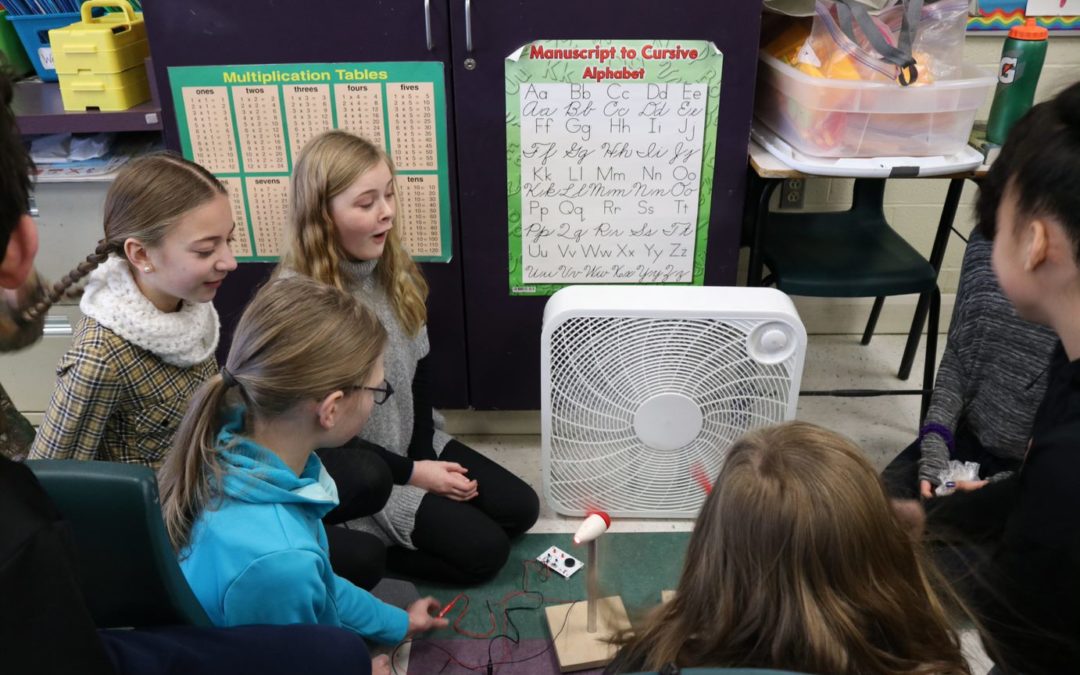
Fig. 1 Simplest Experiential Learning Cycle
“… Experiential learning requires the student to not only engage in the experience activity, but also requires them to reflect upon their learning and how their skills learned through their academic studies can be applied beyond the classroom…” (Strategic Transformation Group on Employability, Carleton University).
Clean Foundation has been delivering environmental education for over 30 years.
The objective of our EnviroEd education programming is to help youth become the next generation of thoughtful, creative and inspired green leaders. Our EnviroEd program suite is a diverse mix of presentations, experiments and field days. Drawing on the expertise of our educators, our programs complement classroom instruction by offering a broad selection of programming that is tailored to specific grades and their curriculum outcomes.
Core to how we deliver our education programming is the idea of experiential learning. In recent years, experiential learning has largely replaced traditional teaching models where teachers were the focal point of the student’s education. In contrast to this teacher-centered approach, experiential learning puts the students at the center of their learning. This approach to learning is one that has been welcomed across school boards and by educators of all types, including those at the Clean Foundation. Our programming directly reflects our commitment to experiential learning, and we offer a wide array of experiential learning opportunities in all of our engagements.
In our many years of educating youth, we’ve seen first-hand how learning occurs as a result of experiences. We’ve found that to increase the quality of education, we need to create learning environments best suited for individual differences.
There are four phases in the experiential learning process, as shown in Figure 1. These first two phases are critical in the experiential learning process, which places the students at the center of their learning. In the first phase (“DO IT”), when the students embark on the experience, we recognize they are curious, invested and intrigued at the freedom granted by this approach. The next step (“What?”) has students reflect on the experience, to share, discuss and discover through their actions.
The last two steps of the cycle (“So What” and “Now What”) are arguably the most difficult for the students. It is important that educators carefully select the vocabulary that they are using. We have to ask students the right questions, and make sure to allow enough time and space for discussion. During the entire experiential learning cycle process, the educator is in a mentor role, guiding the students with a less prominent presence than in the teacher-centred model. While enabling students to be at the center of their learning, the educator must still maintain the direction of the experience to ensure the learning outcomes are met.
To embody the experiential learning approach in our EnviroEd offerings, our Clean Energy School and Clean Climate Action School bring technology into the classroom, allowing learners to experience the benefits and shortcomings of solar and wind energy through hands-on activities. We discuss renewable energy, its importance and the future of our province as it relates to energy production, consumption and management.
We also investigate climate change mitigation, and have experiments that illustrate ocean acidification, the albedo effect and how our oceans are carbon sinks using experiments that put students in a position to grasp the imminent risks of climate change. Ultimately, the aim is to inspire them to shift their behaviour, to encourage them to pursue careers in the green economy and to influence their friends and family to find solutions.
Other programs we offer bring students out of the classroom and introduce them to the living world surrounding them. The students are given the opportunity to sample aquatic organisms, perform chemical water quality tests, and measure coastal and stream banks to see how well they can resist erosion.
The experiential approach is quite a departure from traditional teaching methods. However, our experience in schools amply demonstrates how students benefit more from this model than the traditional teacher-centered model. Students show that they internalise the concepts, material and knowledge better. During the group or one-on-one discussions, students demonstrate creativity and the ability to extrapolate to new contexts and apply new knowledge based on what they experienced. We’ve received a lot of positive feedback on this approach from both educators and students – they really value the chance to engage in hands-on learning!
These are some of the reasons EnviroEd relies upon experiential learning in our programming. We strongly believe in the benefits of experiential learning and in the importance of educating, inspiring and empowering our youth for the challenges of tomorrow.
We look forward to coming to your school, if you’d like to book us for a program you can find more information here.

Recent Comments